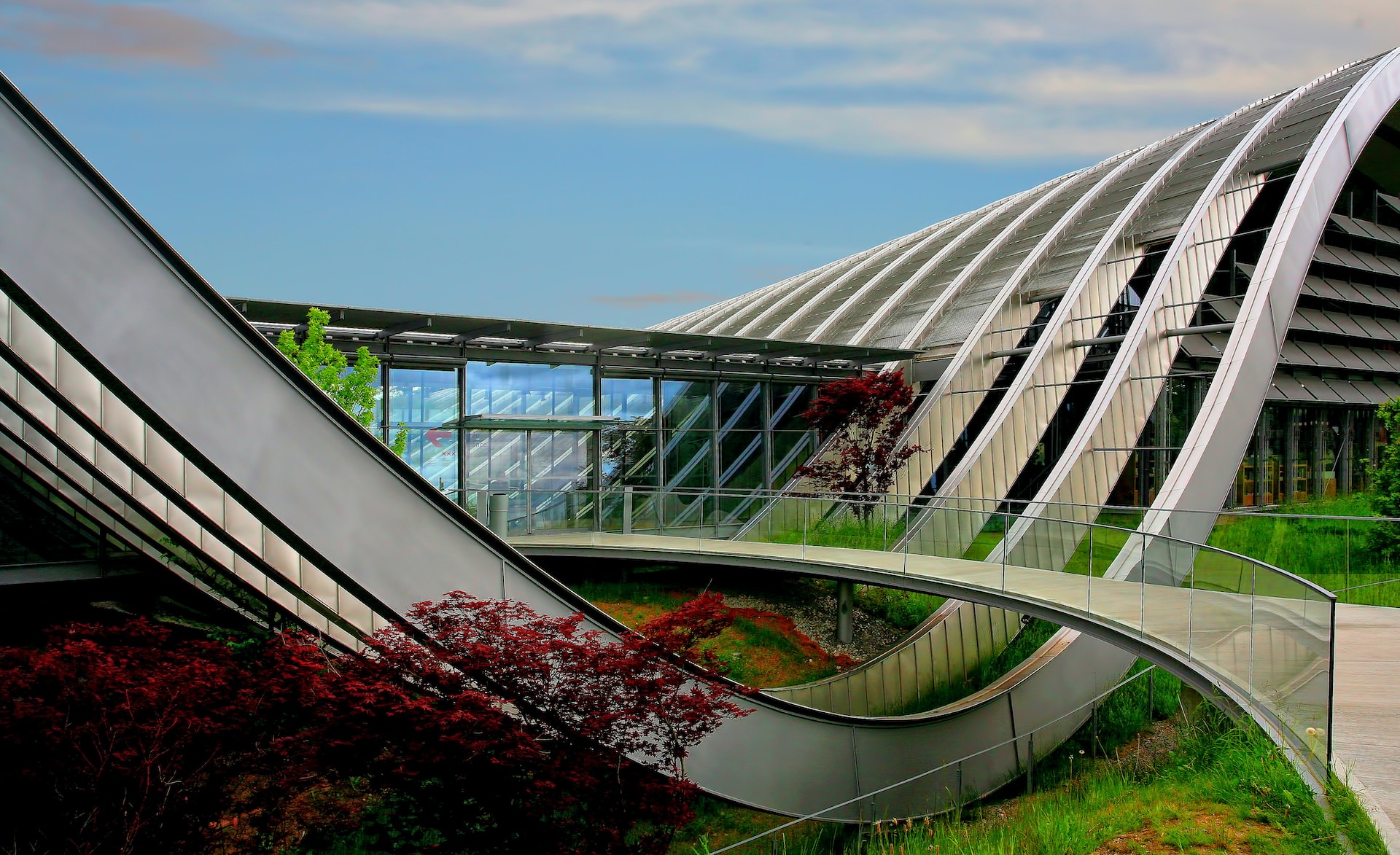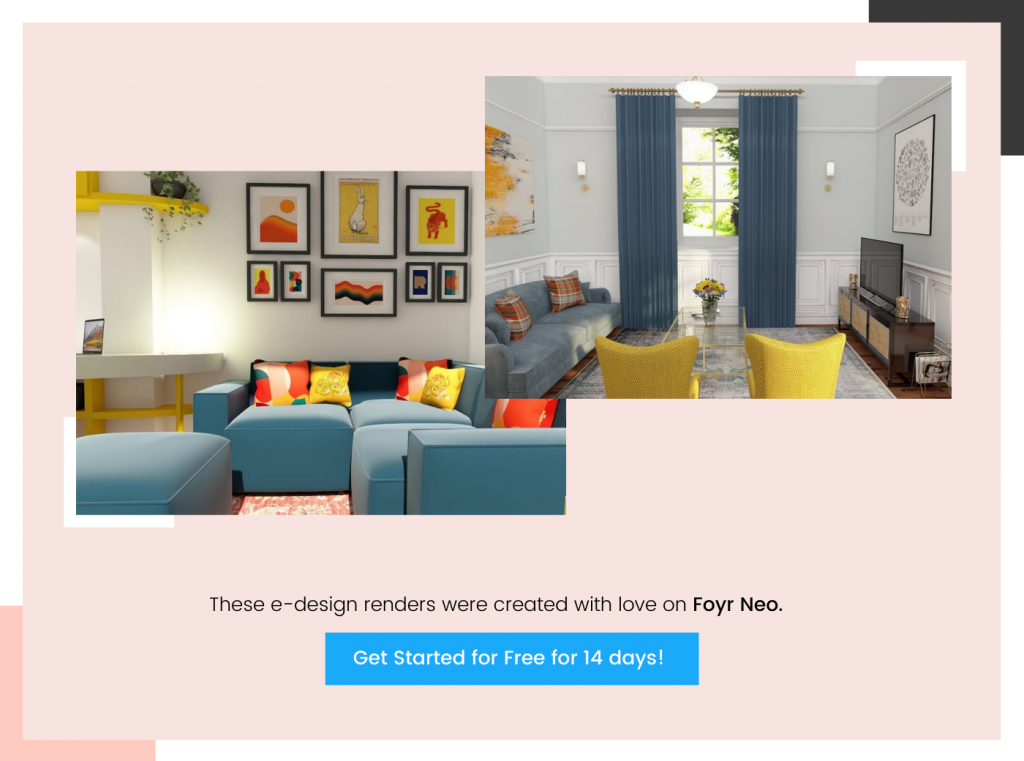Table of Contents
Leed Certification is a prestigious recognition for professionals in the design and construction industry, symbolizing their dedication to creating buildings that are not only innovative but also environmentally responsible. In this blog, we will delve into what makes LEED Certification so essential in today’s world, how it’s shaping the future of construction, and why it’s more than just a badge of honor for industry professionals.
What is LEED Certification?
LEED, which stands for Leadership in Energy and Environmental Design is a rating system developed by the U.S Green Building Council (USGBC) to evaluate the environmental performance and sustainability of buildings. LEED Certification provides a set of guidelines and standards that ensure a building is designed, constructed, operated, and maintained in a way that minimizes its impact on the environment.
Here are its key features:
- Promotes Energy Efficiency: LEED-certified buildings are designed to consume less energy, using efficient lighting, heating, cooling systems, and renewable energy sources like solar panels.
- Water Conservation Focus: These buildings aim to reduce water usage through low-flow fixtures, efficient irrigation, and the use of recycled water.
- Sustainable Materials Usage: LEED emphasizes using recycled, rapidly renewable, and low-emitting materials, favoring local sourcing to minimize environmental impact and support local economies.
- Occupant Health and Well-being: The certification ensures good indoor air quality, proper ventilation, and natural daylight, enhancing comfort and productivity for occupants.
- Applicable to New and Existing Buildings: LEED can be applied to new constructions and existing buildings, allowing older structures to upgrade for sustainability.
In conclusion, LEED Certification is a comprehensive and internationally recognized rating system that promotes sustainable building practices. By adhering to the guidelines and standards set by LEED, buildings can minimize their impact on the environment, conserve resources, and provide healthier and more comfortable spaces for occupants.
LEED Eligibility Requirements – Who is it for?
If you’re aiming to become a LEED certified designer in architecture, engineering, interior design, or contracting, you’ll need to meet specific educational and professional experience requirements. This includes having a bachelor’s degree in a relevant field and a minimum of three to five years of experience in sustainable design and construction. Experience requirements vary by profession, focusing on aspects like energy-efficient systems, renewable materials, water conservation, indoor air quality, and sustainable materials. Additionally, candidates must pass the LEED professional accreditation exam, which assesses knowledge in sustainable design principles and green building strategies. LEED certification demonstrates a commitment to sustainability and enhances market competitiveness.
Here is a table summarizing the requirements for LEED certification based on profession:
| Profession | Education Requirement | Experience Requirement (Years) | Focus Area of Experience |
|---|---|---|---|
| Architects | Bachelor’s in Architecture/Related Field | 3 | Design/Construction of Sustainable Buildings |
| Engineers | Bachelor’s in Engineering/Related Field | 3 | Sustainable Design and Construction |
| Interior Designers | Bachelor’s in Interior Design/Related Field | 3 | Sustainable Interior Design |
| Contractors | Relevant Professional Experience | 5 | Completion of Sustainable Building Projects |
| All Candidates | Varies by profession | Varies by profession | Pass the LEED Professional Accreditation Exam |
Benefits of LEED Certification
Becoming LEED certified offers numerous benefits both to professionals and the environment. Let’s take a look at some of the key benefits:
1. Elevated Professional Status: LEED certification enhances your professional profile, demonstrating your commitment to sustainability and eco-friendly practices.
By obtaining LEED certification, professionals not only gain recognition for their expertise in sustainable design and construction, but they also elevate their professional status within the industry. Being LEED certified signifies a dedication to environmentally conscious practices and a deep understanding of sustainable building principles. This recognition can lead to increased respect from colleagues and clients, as well as potential career advancement opportunities.
2. Increased Job Opportunities: Many employers in the design and construction industry prefer to hire professionals with LEED accreditation, opening up new career opportunities.
In today’s competitive job market, having LEED certification can give professionals a competitive edge. Many employers in the design and construction industry prioritize hiring individuals with LEED accreditation due to the growing demand for sustainable building practices. By obtaining LEED certification, professionals can expand their job prospects and increase their chances of securing employment with companies that value sustainability and environmental responsibility.
3. Cost Savings: LEED-certified buildings are more energy-efficient, reducing operational costs and saving money in the long run.
One of the significant advantages of LEED certification is the potential for cost savings. LEED-certified buildings are designed and constructed with energy efficiency in mind, utilizing technologies and strategies that minimize energy consumption. By implementing energy-efficient systems, such as advanced insulation, efficient lighting, and renewable energy sources, LEED-certified buildings can significantly reduce operational costs over time. These cost savings can be seen in reduced utility bills, lower maintenance expenses, and increased property value.
4. Improved Indoor Air Quality: LEED certified buildings prioritize air quality, promoting a healthier and more productive environment for occupants.
Indoor air quality is a crucial factor in creating a healthy and comfortable living or working environment. LEED-certified buildings prioritize the use of low-emitting materials, proper ventilation systems, and effective air filtration, ensuring that occupants breathe clean and fresh air. By promoting better indoor air quality, LEED-certified buildings can help reduce the risk of respiratory illnesses, allergies, and other health issues associated with poor air quality. Additionally, improved air quality can enhance productivity and overall well-being, leading to happier and more satisfied occupants.
Read also – How To Become An Interior Designer Without a Degree?
Reasons to Become LEED Accredited
The decision to pursue LEED accreditation can have a profound impact on your career and the environment. Here are some compelling reasons to consider becoming LEED accredited:
- Environmental Stewardship: By becoming LEED accredited, you contribute to the sustainability movement by implementing green building practices and reducing carbon emissions.
- Professional Growth: LEED accreditation demonstrates your commitment to continuous learning and staying up-to-date with industry best practices, putting you ahead of the competition.
- Networking Opportunities: Joining the LEED community allows you to connect with like-minded professionals, potential employers, and experts in the field.
- Positive Impact: Your work as a LEED certified designer can have a significant positive impact on the health and well-being of occupants, as well as the surrounding environment.
Professionals in the construction industry, upon acquiring LEED certification, showcase their dedication to sustainability and gain a competitive edge in the market. LEED-certified designers are sought after by clients who prioritize environmentally friendly practices and want to create buildings that are energy-efficient, environmentally responsible, and healthy for occupants.
Read also – 10 Ways To Create Eco-friendly Interior Design
Process of LEED Certification
The LEED certification process involves several steps. Let’s break it down:
1. Registration: Start by registering your project with the USGBC. You will need to provide project details and pay the required fees.
When registering your project for LEED certification, it is important to carefully consider the project details that you provide. The USGBC requires accurate and comprehensive information to ensure that your project is evaluated properly. This includes details about the project’s location, size, and intended use. Additionally, you will need to pay the required fees, which help support the USGBC’s efforts in promoting sustainable building practices.
2. Documentation: Collect and submit all the required documentation, such as design plans, construction drawings, and energy models.
Gathering the necessary documentation for LEED certification can be a time-consuming process, but it is crucial for demonstrating your project’s compliance with sustainability standards. This documentation may include architectural and engineering plans, construction drawings, specifications, and energy models. It is important to ensure that all the required documents are complete, accurate, and reflect the sustainable features and strategies implemented in your project.
3. Review and Assessment: USGBC will review your project’s documentation, ensuring compliance with all the necessary LEED requirements.
Once you have submitted your project’s documentation, the USGBC will conduct a thorough review and assessment process. This involves evaluating the submitted materials to ensure that they meet the necessary LEED requirements. The review process may include a detailed analysis of the project’s energy efficiency, water conservation measures, indoor environmental quality, and sustainable materials selection. The USGBC will also assess the project’s overall sustainability goals and strategies to determine its eligibility for LEED certification.
4. Certification: If your project meets the necessary criteria, it will receive the official LEED certification.
If your project successfully meets all the necessary LEED requirements, it will be awarded the official LEED certification. This certification serves as a testament to your project’s commitment to sustainable design, construction, and operation. It demonstrates that your project has achieved a high level of environmental performance, energy efficiency, and occupant comfort. The LEED certification can enhance the marketability and value of your project, as it is recognized and respected by the industry and potential occupants alike.
Obtaining LEED certification for your project is a significant achievement that showcases your commitment to sustainability and responsible building practices. It not only benefits the environment but also provides numerous advantages, such as reduced operating costs, improved occupant health and well-being, and increased marketability. By following the LEED certification process diligently and ensuring compliance with all the necessary requirements, you can contribute to a greener and more sustainable future.
Conclusion
In conclusion, becoming a LEED certified designer offers numerous benefits to both professionals and the environment. It elevates your professional status, opens up new job opportunities, and allows you to contribute to a more sustainable future. The process of LEED certification involves several steps, from registration to documentation and review. By following these steps and becoming LEED accredited, you can make a positive impact on the design and construction industry.
At Foyr Neo, we understand the importance of sustainability and eco-friendly design. Our cutting-edge software provides designers with the tools and features they need to create LEED certified buildings. With Foyr Neo’s intuitive design interface, and seamless collaboration features, you can create buildings that are both visually stunning and environmentally responsible. Join Foyr Neo’s 14 days free trial today and take your design practice to the next level!
FAQs
LEED certification comes in multiple levels, based on a point system. These include Certified, Silver, Gold, and Platinum. Each level signifies a higher standard of energy efficiency and environmental friendliness, with Platinum being the highest.
To prepare for the LEED certification exam, you can enroll in various study courses and use study materials provided by the U.S. Green Building Council (USGBC). The exam itself is a computer-based test administered at approved testing centers.
The LEED certification checklist includes a range of criteria that buildings must meet or exceed. These criteria cover aspects like sustainable site development, water savings, energy efficiency, material selection, and indoor environmental quality.
LEED Platinum certification is the highest level and requires a building to earn 80+ points on the LEED rating system. It signifies exceptional performance in areas like energy efficiency, water usage, air quality, and use of sustainable materials.
The cost of LEED certification can vary widely depending on the project size and complexity. It includes registration and certification fees, and potentially additional costs for professional services, documentation, and implementation of sustainable practices.
A LEED certification course provides in-depth knowledge about sustainable building practices and prepares individuals for the LEED accreditation exam. Whether it’s worth it depends on your career goals. For professionals in architecture, construction, and design, it can be a valuable asset, opening doors to new opportunities and demonstrating commitment to sustainability.









